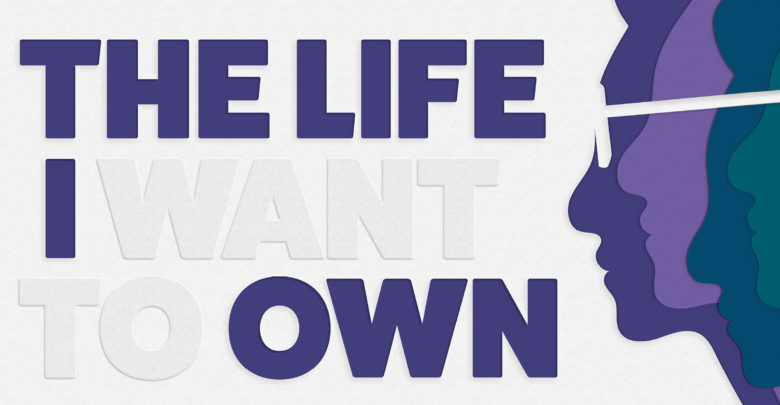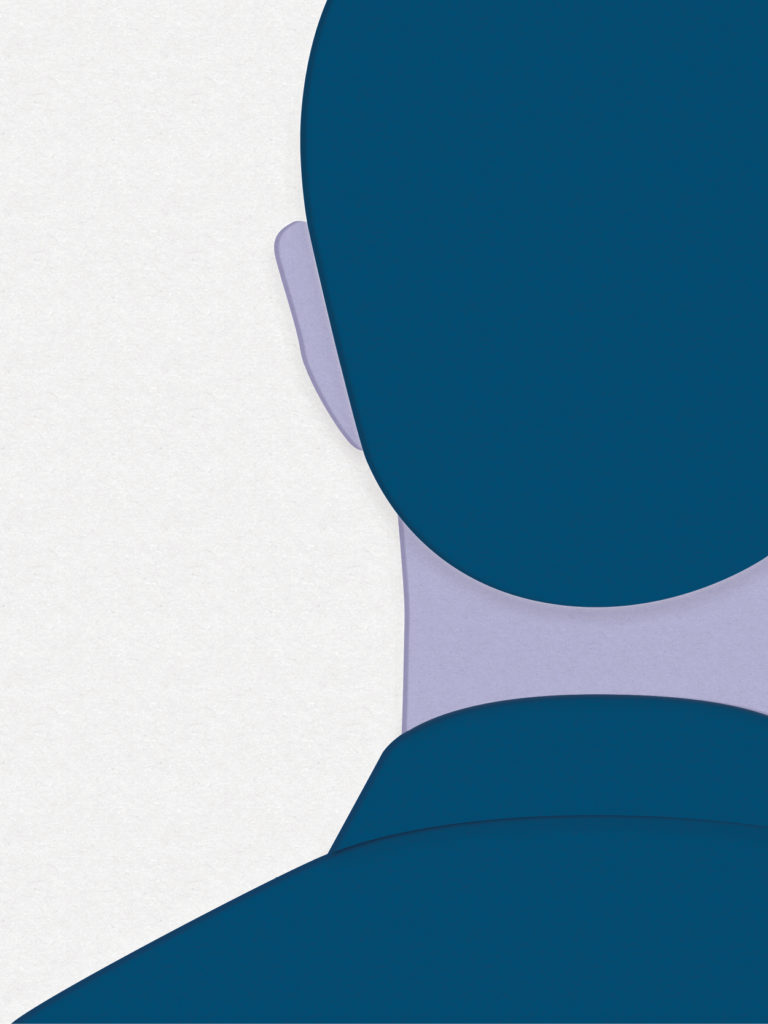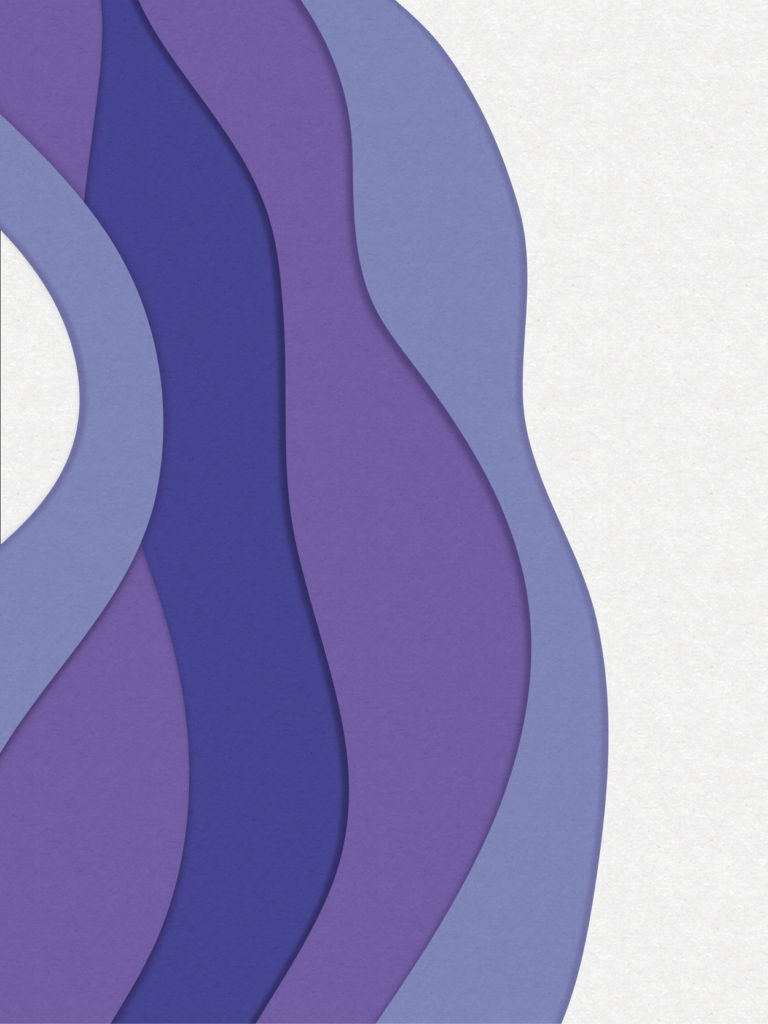 Peter Elima
Peter ElimaIn winter 2017, I had my first panic attack in a public space. The lecture had begun almost twenty minutes ago and the lights had been dimmed for a presentation. The monotony in the professor’s voice, coupled with the enveloping languor of a darkened room, encouraged my already untethered mind to wander free.
I was already anxious following a career development seminar earlier that day. The presenter had mentioned the rise of job insecurity and precarious work, which brought back memories of failed job interviews and the fear of becoming an unemployed graduate. A friend I had attended the seminar with had joked that if climate change was escalating as quickly as scientists say, we wouldn’t need to worry about finding jobs. I did not know how to respond to that and so I just smiled.
In another corner, my brain was preoccupied with more immediate concerns. I thought about the upcoming exams for which I had yet to study for. Were my notes complete? They needed to be. I did not know anyone in that class and was not brave enough to ask a stranger to borrow theirs. I also had to return a jacket I had previously purchased online as it was nearing the end of my 30-day return window. The dread of having to navigate through West Edmonton Mall’s afternoon sea of rowdy teenagers, crying children in strollers, and the possibility of a chance encounter with undesirable high school colleagues kept me from checking it off my to-do list. There were the emails I had yet to respond to. The credit card statement I had yet to pay. The assignments I had yet to start.
The list went on and on, like searing headlights on a highway of unending traffic.
Suddenly, the inevitability of it all — my employability, the destruction of the planet, the unending plague of daily chores, assignments, exams, emails — collapsed down on me at once in heavy waves. The air thickened and I struggled to breathe. An ocean of tears pushed against my skull, and I kept my eyes closed like a dam. If I made eye contact with anyone, I knew the water would break free.
Under the dark curtain of my eyelids, I remember hearing the hypnotizing tapping of fingers over keyboards. The water flowing through the pipes above the ceiling panels. The motorized humming of the projector behind me. And in that moment of increased hypervigilance and sensitivity, a question emerged: could anyone see what was happening to me?
When I recounted the story to a therapist, what once felt heavy and mulish in my anxious mind took on a new form; the creatures have shed its excess weight, their grotesque figure now plain and ordinary. I sat there, in his chair, trying to reconstruct in words what no longer existed. To him, the chains that held me down must have sounded like conventional everyday tasks — benign and harmless.
I watched him scribble into his black leather bound notebook and I thought to myself, “he must think I’m the stupidest person on the planet.”
I did not return to his office after that.
***

It is an innate human behavior to try and make sense of the world around us. Early humans created stories, gods, and folklore to explain human behavior and earthly phenomenon. For instance, the ancient Chinese believed that solar eclipses occurred when a celestial dragon attempted to consume the sun. To restore the light, astronomers in the royal court would fire arrows and firecrackers into the darkened sky to scare off the eclipsing creature.
When I first heard of the story in childhood, it was funny to imagine grown adults marching down a street smashing pans and lighting fireworks to scare away the darkness. But to watch the sun suddenly disappear, not knowing where it had gone or if it would ever return, must have been a dreadfully frightful thing. A story of dragons eating the sun — silly though it may seem — must have provided some semblance of comfort. It offered the people structure and coherence, and an ending to look forward to.
Coming from a science background, I find these stories enlightening. Science, at its core, is a form of storytelling, and as scientists, it’s our job to write stories that make the world cohere. We use experiments to test formulated models and hypotheses until we find one that fits; a story to explain the nature of the universe.
Modern psychiatry tells us emotional consciousness emerges from constellations of neurons in our brain. Billions of cells flicker with electrical activity in a concert of neurochemical signals. One neuron stimulates another, who in turn, stimulates a third.
But what story can I tell to make cohere an incoherent mind?
***
“First of all, the brain is very complicated,” Dr. Nick Mitchell told me as I sat in his office. “There’s certain networks in our brain that when they’re not functioning properly, can result in depression, bipolar illness, or anxiety.”
Mitchell is the provincial medical director of addiction and mental health for Alberta Health Services and the third psychiatrist I had ever met. To be clear, he is not my psychiatrist, but just a psychiatrist. Mitchell had agreed to speak with me to help me better understand the biology of mental illnesses, and offered to meet me for a 20-minute conversation.
Mitchell explained to me that emotions, memories, and how we respond to social interactions are governed by various structures in our brain. Often, mental illnesses may be traced back to specific physical traumas like concussions, or changes to the body’s physiology caused by illnesses or substance use. But in other instances, clinicians may never determine a precipitating cause.
“In those cases, it’s probably an inherited vulnerability,” he says. “You inherit this genetic risk for it, and something happens which triggers the episode of low mood or anxiety. And once it’s triggered, it can last for a long period of time.”
Mitchell says that many genes have since been identified as being implicated in depression, anxiety, and bipolar disorder — most of which run in families. For most individuals on the mild end of the spectrum, the first line of defense lies with therapy and engaging in healthy coping strategies: modifying your diet, exercising, or altering your sleeping habits. For serious cases, clinicians may rely on medications to rein in their patient’s more difficult to manage symptoms. Most of these act by increasing the activity of neurotransmitters in the brain, compensating for what some scientists believe is the body’s failure to maintain a proper chemical balance. But even then, not every patient will respond to medication. Ultimately, who becomes ill, which symptoms emerge, and why, often remains a neurological mystery.
“Anxiety resists all logic and instead favors absurdity.”
This crater of knowledge left in modern psychiatry has sowed research branching off into any and all directions. Edward Bullmore, the chief of psychiatry at Cambridge University postulates in his book, The Inflamed Mind, that the pathogenesis of mental disorders may be linked to the human body’s immune system. Research has shown that inflammatory illnesses in childhood are associated with higher rates of depression and anxiety. In the BBC article, “How your belly could heal your brain,” journalist David Robson describes a study in which mice implanted with gut microbes from depressed patients quickly became depressed themselves: giving up easily on challenging tasks and preferring to hide in corners rather than explore new environments.
In Moises Velasquez-Manoff’s feature for The Atlantic, “When the Body Attacks the Mind,” Sasha Egger developed symptoms of psychosis and schizophrenia at 13, and was originally diagnosed as bipolar and prescribed antipsychotics. When the drugs failed curb his symptoms, his mother, a child psychiatrist, took him to a different neurologist who suspected an auto-immune variant of encephalitis: an inflammation of the brain. When Sasha was treated with antibodies to quell this inflammation, the boy quickly returned to normal.
It’s hard to imagine how my anxiety may be rooted in some other yet to be diagnosed immune disorder or my gut microbiome. But if these physical illnesses can so closely mimic mental ones, what does that say about mental disorders themselves?
As the conversation drew to a close, I asked him if these mental illnesses could be cured.
“We try to treat them to the point of remission, where you have no symptoms left,” he said. “For a lot of people, particularly if they’ve only had one episode, they can eventually come off treatment. But we know that most individuals, over the course of their lifetime, will likely have a second episode.”
“So, there’s no real cure then?” I asked.
“No, our understanding is that they can’t be cured in the same way you can cure cancer or cure an infection. Just treated.”
***

During the period after my first attempt with therapy, and prior to my return to therapy in 2019 (with a different therapist), I tried to make sense of the world in a different way.
When I take the bus from Jasper Place to downtown, I pass by the St. Joachim Catholic Cemetery on 107 avenue. When I look out the window on the rows of tombstones, I sometimes wondered what each of their lives might have been like: the jobs they worked and the people they loved, to the lies they told and the secrets they kept. There was Dylan, a young baker who left his family farm in pursuit of a city life. He spends most days apprenticing at an artisan bakery that he hopes to one day take over. Then there’s Shelly, a marketing executive on weekdays and an avid apiarist on weekends. She lugs her crates of honey and beeswax to a local farmer’s market every Sunday morning, hoping to build a brand for herself.
In each of these reconstructed worlds, my characters lead lives not dictated by an anxious mind. Each working towards some great ending. Like these fictional lives I conjured, I tried that year to create in my place, a new me. Someone who was fashionable and personable, and most of the time it worked. I walked through campus carrying the same boundless confidence Shelly might embody, as she strutted down the halls of a business high-rise. When I met new people, I would don the face of Dylan and channel the enthusiasm and congeniality of a newcomer trying to make it in the big city.
But on other days, anxiety and doubt would seep in through my story. Anxiety resists all logic and instead favors absurdity. It can seep in through the most microscopic of cracks, trickling down the walls of your subconscious, and seizing around vulnerable wounds. There, it slowly erodes away at the fabric of rationality, and unravels any conscious attempt at logic or reason. A call from a strange number can prompt in my mind countless destructive scenarios. Maybe a call from the hospital to tell me of the passing of a loved one. Or a message from the university informing me of my expulsion. No reasons were ever necessary.
My own image in a store window or other reflective surface can trigger a wave of overwhelming self-consciousness. The confident outfit I had planned that morning dissolves into a pool of shame and embarrassment. I begin to drown. Why is this sweater so ill fitting? Why did I pair it with these jeans? How many people have seen me like this?
When it happens, I just want to disappear.
On the rarest of days, anxiety takes hold long before I’ve had the chance to begin weaving a story. On those days, I do not want to leave the house at all.
“Maybe not all stories have some emotionally satisfying ending. And maybe that’s okay.”
I first started reading tarot cards in 2010, long before I had recognized my anxiety had become a problem. Tarot reading for me began at first as something fun and largely meaningless. But over time, tarot has evolved into a tool, a framework by which to create coherence for a fractured, irrational existence.
On Monday mornings, I pull three cards from the deck, each of which provides a loose framework by which to understand my week. The eight of cups, for instance, depicts a man with a cane walking away from a series of stacked cups at the edge of a river. The cups are arranged in an incomplete pattern, looking as if something was missing. This card often represents transition — withdrawing from something no longer fulfilling to search for something new. The week I drew the eight of cups in 2018, I left a part time writing job.
I was great at it and largely fulfilled my responsibilities on time. However, the constant requirement for me to meet and interview strangers exacerbated my social anxiety; a beast with a life of its own. I began to fake illnesses and other emergencies to avoid going to the office.
Often in stories, it’s the ending that gives past moments meaning. It’s at the end where loose threads become tied and sense emerges from the muddled waters. The day I left the job, a friend took me out for pizza. And by year’s end, I had pulled from my tarot deck the ace of pentacles. The card depicts a hand emerging from the clouds offering forth a large coin. I started a new position elsewhere that winter.
I don’t know if the cards are truly divinitory. More likely, I’m seeing in the cards what I want to see, using them to bring into light the decisions and choices that had become lost in the murky anxiety-ridden waters of my mind. A tool for storytelling.
I told my friend Jacob about my tarot practice on a warm autumn afternoon. The leaves had turned yellow and the fall breeze began to tear at the tree’s branches. I met Jacob three years ago in 2016, and in the year prior, he was diagnosed with Attention Deficit Hyperactivity Disorder. At the time, ADHD was exacerbating his symptoms of anxiety and depression. Since then, he has relied on medication and therapy to quell a turbulent mind.
He told me that we all learn to make sense of the world in some way.
“How do you make sense of living with your mental illness?” I asked.
“I think of happiness as my purpose,” he said.
“I ask myself, ‘is what I’m doing going to make me or someone I care about better in some way?’ If it’s a yes, then I’ve succeeded. Maybe that involves living through a hell-ish reality, but I can learn to make peace with that.”
“Do you ever think: why you?” I asked. “Why you’re the one who has to struggle with this?”
“Sometimes out of frustration, but I don’t ask it to look for an answer,” he said. “Sometimes things just are, and we don’t know why.”
“I guess you’re right,” I responded. Maybe not all stories have some emotionally satisfying ending. And maybe that’s okay.
***
On a bitter winter evening in 2017, after the initial failed therapy session, I came home to my mom preparing dinner. It had been a busy day for us both. To save time, she had opted to prepare a frozen, store-bought lasagna.
We sat alone at the dining nook, occasionally glancing at the oven waiting for a timer to announce when it was time to eat. The kitchen felt warm and safe, illuminated by the yellow glow of the oven; a sanctuary amidst the snow and winds of a brutal Albertan winter. Like me, my mom isn’t particularly religious, but in her adult life had begun to explore various spiritual practices.
When I first told her about my struggle with anxiety, she purchased for me a brilliant amethyst geode with clusters of dazzling violet and fuschia. Amethyst, she believes, can be used to calm the body, attracting positive energy and repelling negative emotions like fear, stress, and anxiety. She encouraged me to leave it by my desk, somewhere I tend to spend a lot of time. I don’t know if it really works, but looking at it now I can’t help but think of my mom and smile.
As we waited for the lasagna to cook, I asked her that evening whether she thought things would ever change for me. Growing up I had always been her “worrier,” – the one who’d pack for trips weeks in advance, the one who’d call to make doctor’s appointments for her but never for himself, and the one who would cry in the bathroom in the middle of the night for no particular reason. It’s a suffocating feeling to experience something and never understand why.
The oven timer went off and she got up to check on the food.
“Maybe,” she said as she lifted the lasagna out of the oven before turning back towards me. The steam rising in the air, the snow falling in the window behind her.
“We’ll just have to see.”




